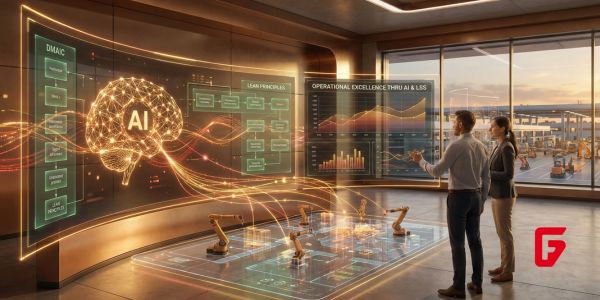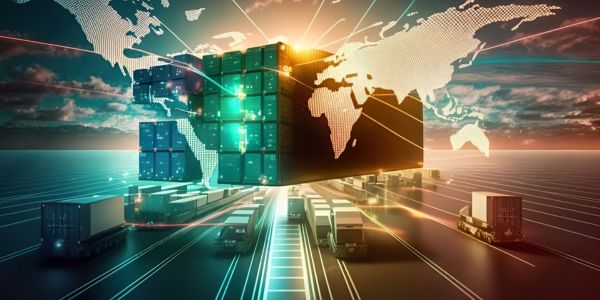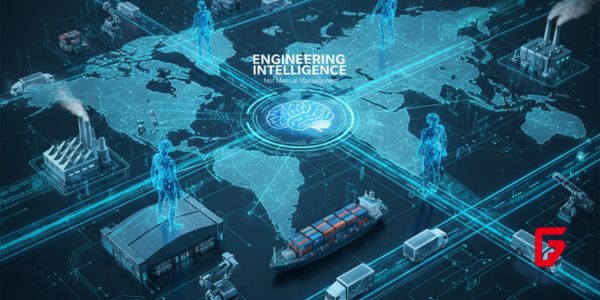
By futureTEKnow | Editorial Team
Google Photos has taken a bold leap forward, unveiling innovative AI-powered features that turn the app into much more than just a photo archive. With the introduction of photo-to-video generation, users can now animate their still images, crafting six-second dynamic video clips with just a couple of taps. This feature is powered by Google’s Veo 2 AI engine, which has already captivated users with its ability to breathe subtle life into cherished moments.
To create an animation, users simply select a photo and choose between “Subtle movements” for nuanced animation or the unpredictable “I’m feeling lucky” for experimental effects. These clips can be easily shared, and the generation process takes about a minute. For those looking for a second take, regenerating the animation offers fresh surprises every time.
The update brings another creative powerhouse—Remix. This tool empowers users to transform ordinary photos into anime, comic book panels, 3D animations, or sketches. Whether it’s a pet portrait or a family snapshot, Remix offers instant artistic makeovers, making image customization both accessible and addictive.
Using Remix is as simple as tapping into the new features in the app, selecting a style, and watching as your photo becomes a unique digital artwork. You don’t have to stick with the first output—the tool allows you to regenerate versions until one matches your vision for creative storytelling.
Recognizing the need for a seamless user experience, Google Photos is rolling out a “Create” tab this August, which serves as the home base for all these new capabilities. Inside, you’ll find not only photo-to-video and Remix, but also established tools like collages and highlight videos, making creative discovery more intuitive than ever.
Every AI-generated result—whether video or image—carries an invisible SynthID digital watermark (and in the case of videos, a visible one as well). This ensures transparency about the content’s origin. Google has labeled these tools as experimental, inviting real-world feedback through thumbs-up or thumbs-down ratings. This feedback is instrumental in refining and expanding the creative toolkit for everyone.
With over 1.5 billion users worldwide, these enhancements mark a seismic shift in how memories are preserved and shared. By democratizing AI-powered creativity, Google Photos is turning its vast photo libraries into active canvases. Whether you’re a casual smartphone photographer or an aspiring digital artist, these tools open doors to storytelling that once required advanced software or technical skill.
Photo-to-video: Turn still photos into animated, six-second video clips.
Remix tool: Instantly apply anime, comic, 3D, and sketch effects to any photo.
Create tab: Unified access to all creative tools, rolling out in August.
Safety: SynthID digital and visual watermarks for all AI-generated content.
Free features: Available to all US users, with gradual international expansion.
These updates set a new benchmark in user-friendly, AI-driven creativity—blurring the line between photographer and digital artist, and making advanced media generation an everyday possibility for billions.

Explore the cutting-edge ways AI is enhancing Lean Six Sigma, from real-time process insights to predictive controls, ushering in a new era of operational excellence and efficiency.

Facing supply chain challenges in 2025? High-performing teams leverage AI for risk management, demand forecasting, supplier analytics, and end-to-end visibility to ensure business continuity and resilience.

Craft an AI-powered supply chain Center of Excellence that unifies control tower visibility, analytics, and inventory optimization into one strategic hub. Explore this blueprint to learn how a modern supply chain CoE drives resilience, smarter decisions, and operational excellence in the age of AI.

Supply chain leadership is being redefined by AI, intelligent automation, and agentic decision-making, demanding leaders who can engineer end-to-end intelligence rather than simply manage workflows. This article explores how next-generation supply chain leaders will combine data, algorithms, and human judgment to build resilient, adaptive, and high-performing global operations.

Bridgit Mendler’s Northwood Space is pioneering mass-produced ground stations, enabling scalable, high-speed connectivity for the new era of satellite networks and megaconstellations.

SpaceX aims to nearly double launches from Vandenberg in 2025, facing support from federal agencies but strong objections from the state and local communities.

Traditional Medicare will pilot AI-assisted prior authorization in 2026 across six states, focusing on high-risk outpatient services. Clinicians retain final say, but incentives and access concerns loom as CMS tests fraud reduction and “gold card” exemptions. Here’s what providers and patients should know.

OpenArt’s new “one-click story” compresses scripting, visuals, and edits into ready-to-post short videos—fueling viral growth and a fresh IP debate. We break down how it works, adoption signals, what’s next (multi-character, mobile), and practical guardrails creators and brands should follow to stay original and compliant.

OpenAI’s o3 swept the Kaggle AI chess tournament, defeating xAI’s Grok 4–0. The victory fueled the intense rivalry between Altman and Musk, reshaping AI benchmarks.

NASA and Google’s AI-powered Crew Medical Officer Digital Assistant enables autonomous diagnoses for astronauts on Mars missions, redefining remote healthcare for space and Earth.

Pinterest’s CEO confirms that fully agentic AI shopping is years away, as the platform invests in AI-powered tools to enhance discovery, inspiration, and personalized shopping experiences for millions.

Shopify’s new AI shopping tools are transforming e-commerce, letting agents and chatbots deliver smooth, personalized shopping and checkout experiences across platforms. Learn how these innovations reshape online retail.
To provide the best experiences, we use technologies like cookies to store and/or access device information. Consenting to these technologies will allow us to process data such as browsing behavior or unique IDs on this site. Thanks for visiting futureTEKnow.